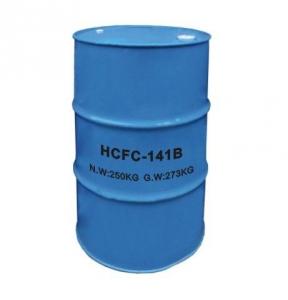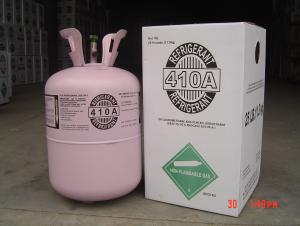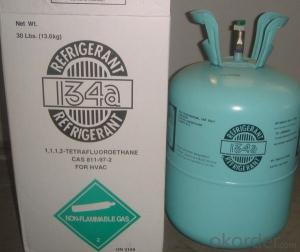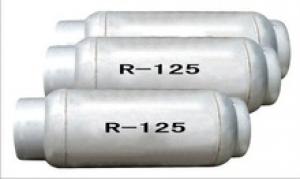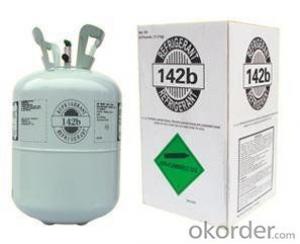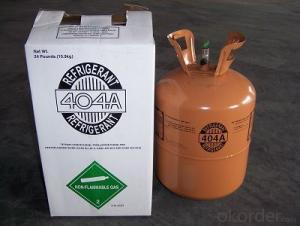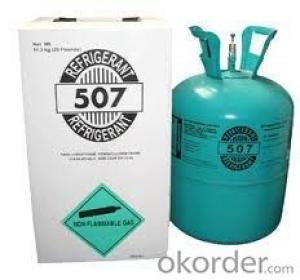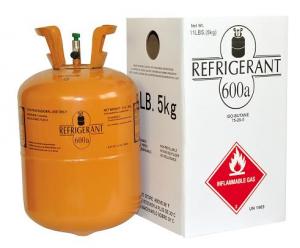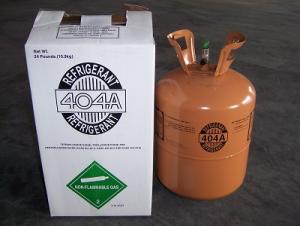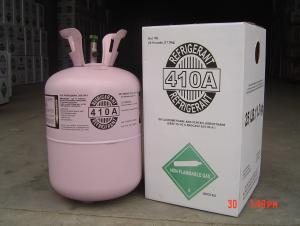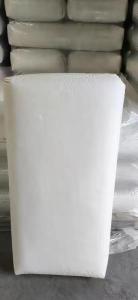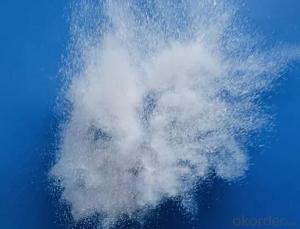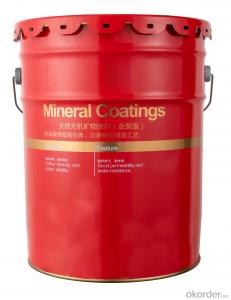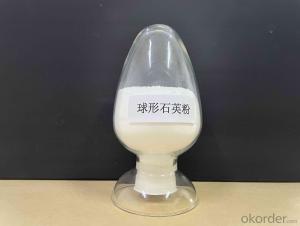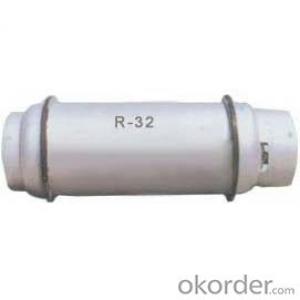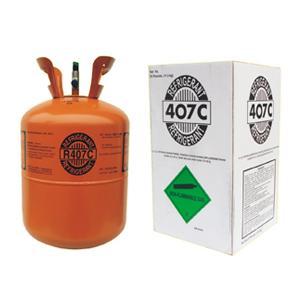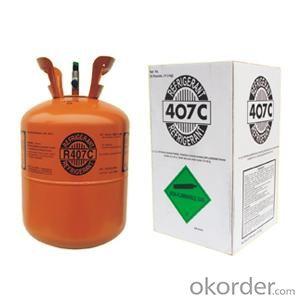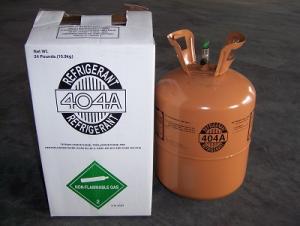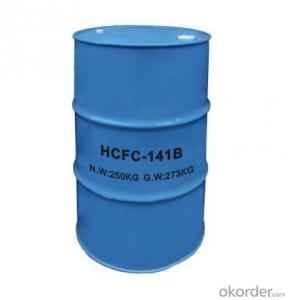Dichlorofluoroethane(R141b)
- Loading Port:
- Shanghai
- Payment Terms:
- TT OR LC
- Min Order Qty:
- -
- Supply Capability:
- 1000MT m.t./month
OKorder Service Pledge
OKorder Financial Service
You Might Also Like
Specifications
Good Quallity;
Competitive Price;
Cleaning Agent;
Foaming Agent
Dichlofluoroethane(R141b)
R141b (HCFC-141b) is the leading substitute blowing agent for CFC-11 in rigid foam insulation materials which are widely used for residential and public constructions, home applications and transport vehicles.
Properties:
Index | Unit | R141b |
Chemical formula |
| CH3CCl2F |
Molecular weight | g/mol | 117.0 |
Boiling Point 101.3 KPa(°C) | °C | 32.1 |
Freezing Point 101.3 KPa(°C) | °C | -103.5 |
Critical Pressure | KPa | 4640.2 |
Critical Temperature (°C) | °C | 210.2 |
Saturated liquid density (25°C) | Kg/m3 | 1227 |
Specific heat (25°Cliquid) | KJ/kg·k | 1.17 |
ODP |
| 0.11 |
GWP |
| 0.09 |
Quality Specification:
Index | Quality Performance |
Appearance | Bright & Clear Liquid |
Odor | No strange stench |
Purity %≥ | 99.9% |
Moisture %≤ | 0.005 |
Acidity(as HCL) %≤ | 0.00001 |
Evaporation residue %≤ | 0.01 |
Chlorides(Cl-) test %≤ | 0.0003 |
R141b Packing: 13.6kg/30lb; 30kg, 250kg drum.
- Q:Is not organic matter must not hydrogen ah?
- Not without hydrogen, there must be C, but the material containing C is incomplete organic matter. Like H2CO3 and carbonate
- Q:What are the characteristics of organic compounds?
- Organic compounds are usually referred to as carbon-containing compounds, or hydrocarbon-containing compounds and their derivatives are collectively referred to as organic matter. Organic compounds are generally insoluble in water and soluble in organic solvents with lower melting points. The vast majority of organic matter heat easily decomposed, easy to burn. The reaction of organic matter is generally slow and often accompanied by side effects, and there are many kinds of organic compounds, which can be divided into two major categories of hydrocarbon and hydrocarbon derivatives. According to the organic groups contained in the functional groups, divided into alkanes, alkenes, alkynes, aromatic hydrocarbons and alcohols, aldehydes, carboxylic acids, esters and so on. According to the organic carbon molecular structure, can also be divided into open chain compounds, carbocyclic compounds and heterocyclic compounds three categories.
- Q:Why not ah?
- Ethylene is not a derivative of hydrocarbons, ethylene Chemical formula: CH2 = CH2
- Q:How to do it? Solve Inorganic Chemistry
- Inorganic chemistry is one of the earliest disciplines in the development of chemical science. It undertakes a major task of studying the composition, structure, properties and reactions of all elements and elements (except hydrocarbons and derivatives). The current development of inorganic chemistry has two distinct trends, that is, in the breadth of the broadening and depth of the advance. It is the three pillars of modern civilization
- Q:Why can organic matter be unique in chemical substances? What is the nature of the C atom?
- Silicon compounds can also be made like this. However, for silicon-based organisms, the appropriate temperature of silicon-based enzymes is probably too high, the earth is too cold for them.
- Q:Rush! Hydrocarbon and hydrocarbon derivatives system information includes chemical formula, common name, Chinese name and so on
- hydrocarbon
- Q:Will AsH3 (arsenic trioxide) is organic or inorganic
- AsH3 (arsine trihydride) is not containing C element
- Q:What are the gaseous states of the oxygen-containing derivatives of the hydrocarbons under the standard conditions?
- Halide only fluoride in normal temperature and pressure may be gaseous;
- Q:Sodium can be used to identify derivatives of hydrocarbons
- The alcohol reacts with sodium. (Such as phenolic C6H5OH, cresol CH3C6H4OH, etc.), carboxylic acids (such as formic acid HCOOH, acetic acid CH3COOH, etc.) (description: hydroxyl groups in the carboxylic acid are hydroxyl groups in the carboxyl group) and hydroxyl groups containing polyhydroxyaldehydes and polyhydroxy ketones Such as glucose, fructose, etc.)
- Q:What is the definition of organic matter
- Organic matter usually refers to carbon-containing compounds, or hydrocarbons and their derivatives are collectively referred to as organic compounds.
1. Manufacturer Overview |
|
|---|---|
| Location | |
| Year Established | |
| Annual Output Value | |
| Main Markets | |
| Company Certifications | |
2. Manufacturer Certificates |
|
|---|---|
| a) Certification Name | |
| Range | |
| Reference | |
| Validity Period | |
3. Manufacturer Capability |
|
|---|---|
| a)Trade Capacity | |
| Nearest Port | |
| Export Percentage | |
| No.of Employees in Trade Department | |
| Language Spoken: | |
| b)Factory Information | |
| Factory Size: | |
| No. of Production Lines | |
| Contract Manufacturing | |
| Product Price Range | |
Send your message to us
Dichlorofluoroethane(R141b)
- Loading Port:
- Shanghai
- Payment Terms:
- TT OR LC
- Min Order Qty:
- -
- Supply Capability:
- 1000MT m.t./month
OKorder Service Pledge
OKorder Financial Service
Similar products
New products
Hot products
